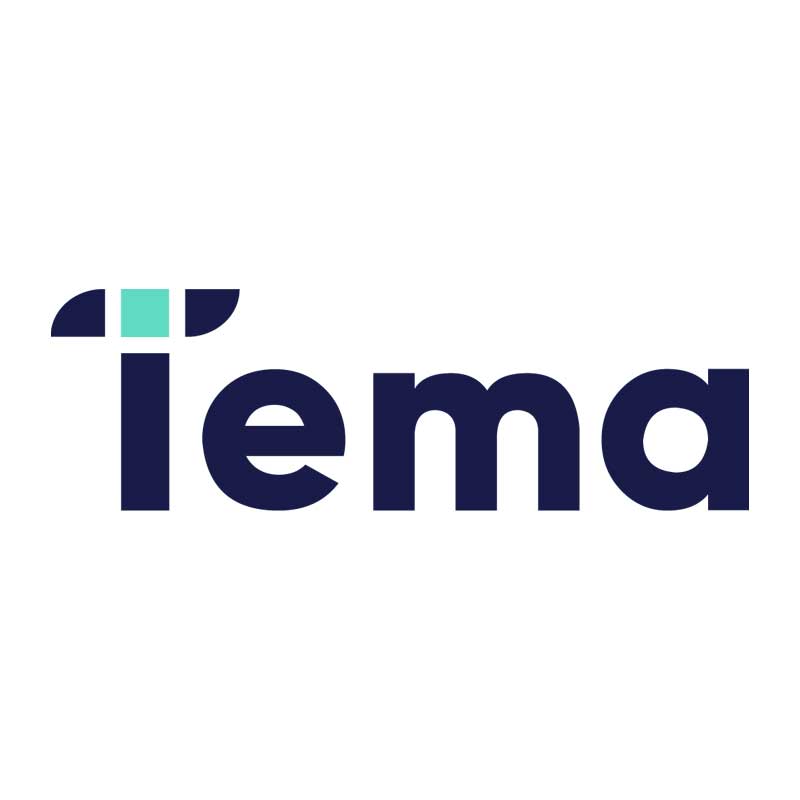Recent rebalance events have shed light on the limitations of rigid and backward-looking indices, highlighting the need for more robust forward looking risk management in ETFs. Passive indices, the backbone of many ETFs, have mechanically led to overconcentration, a major risk for investors. Let’s explore the drawbacks of passive ETFs, forced to prematurely rebalance, and then highlight a few of the merits of active ETFs as a viable solution to mitigate such risks.
Limitations of Rigid Indices
Recent rebalance events serve as a prime example of the limitations of rigid indices. Traditional indices often fail to adapt swiftly to market changes and can become overconcentrated in a few prominent companies. In one instance, six companies represented over 50% of the index's exposure, raising concerns about the potential breakdown in prudent risk management.
One of the most significant issues with premature rebalancing is the creation of arbitrage and front-running opportunities for opportunistic investors. This can adversely affect ETF investors, as it can allow traders to exploit price discrepancies before the rebalancing occurs. As a result, investors may experience suboptimal returns and heightened volatility in their ETF holdings.
Passive ETFs and the Need for Risk Management
Passive ETFs, while popular for their low fees and simplicity, lack the ability to proactively manage risk. Their investment strategy revolves around tracking a specific index's performance, which means they mirror the index composition, irrespective of any changes in market conditions. This lack of flexibility can make them vulnerable to risks - such as momentum, overvaluation and excessive expectations in constituent companies.
In cases where a few companies dominate an index's weighting, investors may find themselves exposed to excessive risk. For example, a recent study found that once a stock reaches the top 10 of the S&P 500 index they tend to underperform by an average of 1.5% per year for the subsequent decade. (Source)
The Rise of Active ETFs
Active ETFs represent an alternative investment approach that could potentially mitigate the drawbacks associated with passive ETFs. Unlike their passive counterparts, active ETF managers have the freedom to make real-time adjustments to their portfolios based on changing market conditions. This level of flexibility empowers active managers to anticipate and manage risks more effectively.
With active ETFs now emerging as the fastest-growing segment of the market, investors have an attractive opportunity to steer clear of situations like the recent passive index rebalance events. Active managers have the potential to navigate market shifts, assess valuations and expectations, limit overconcentration, and deliver more stable and consistent returns for their investors.
Concentration Risk and the Top 7 Tech Companies
The first half of 2023 saw a remarkable concentration of returns in seven companies (Microsoft, Apple, Alphabet, Nvidia, Amazon, Meta and Tesla) representing 73% of the S&P 500 returns year to date. These firms now represent a near record 27% of this broad U.S. market index. The risk of concentration is broader than core allocations, as these companies feature prominently in hundreds of US ETFs, with some ranking as top-15 positions in over 350 ETFs. These carry names as different as cloud computing, cyber security and millennials, and yet invest in the same large stocks, a worrying revelation for investors seeking diversification in thematic funds.
While the strong performance of these tech companies has been a boon for many investors, the excessive concentration and correlation of exposure can lead to heightened volatility and potential future losses. This concentration risk reinforces the need for active management to implement risk-mitigating and diversifying strategies.
The recent rebalance events have underscored the limitations of rigid indices and the potential pitfalls of premature rebalancing. The need for risk management in ETFs has become more apparent, as overconcentration in passive ETFs can leave investors exposed to unnecessary risks. Active ETFs, on the other hand, offer the potential to anticipate and manage these risks proactively, thereby providing a more robust investment approach.
As active ETFs continue to gain popularity, investors may consider incorporating them into their portfolios to avoid undue concentration risk and benefit from the adaptability and risk management capabilities they offer. By embracing active strategies, investors can navigate the ever-changing market landscape with greater confidence and potentially achieve more stable and diversified returns.
The views and opinions expressed herein are the views and opinions of the author and do not necessarily reflect those of Nasdaq, Inc.
